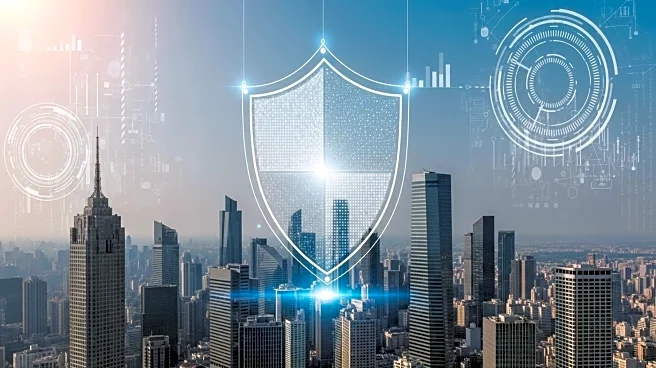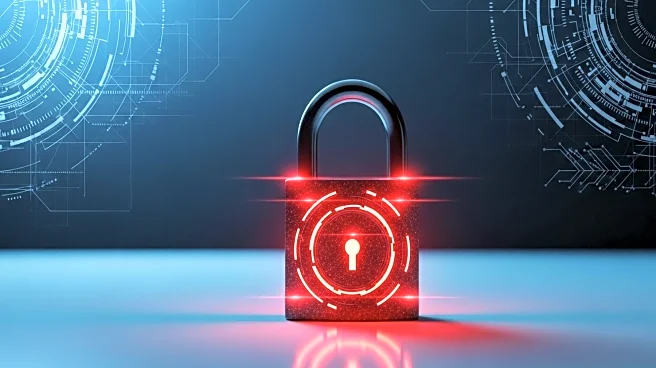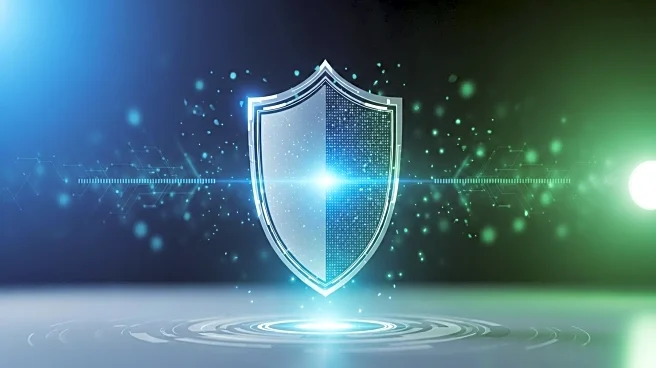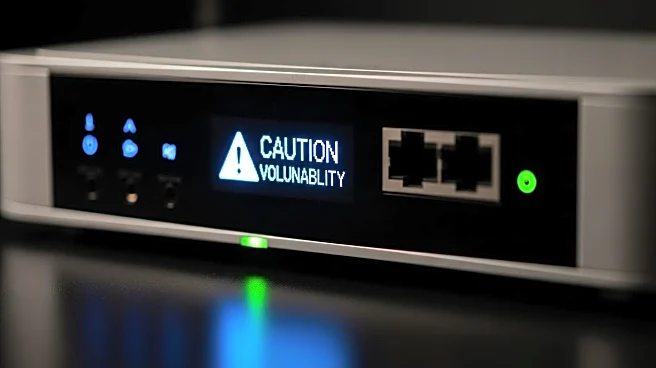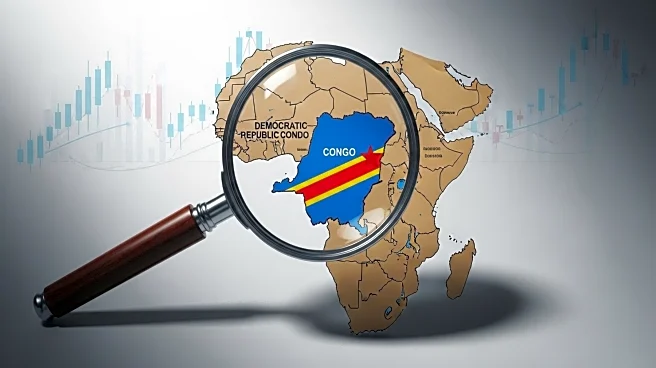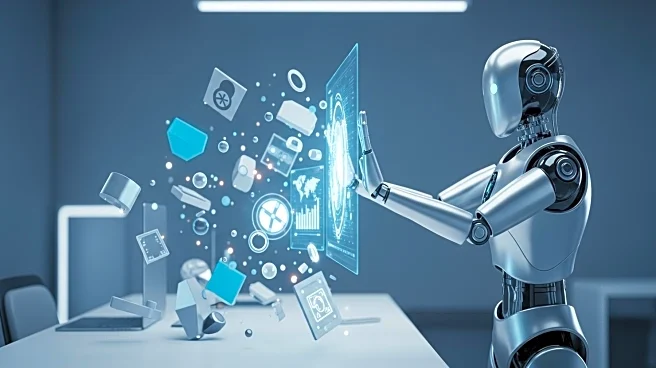What is the story about?
What's Happening?
Gcore, a global provider of edge AI, cloud, network, and security solutions, has released its Q1-Q2 2025 Radar report detailing significant trends in DDoS attacks. The report indicates a 41% increase in attack volumes compared to the same period in 2024, with the largest attack peaking at 2.2 terabits per second. The report highlights a shift in attacker strategies, with a focus on longer-duration assaults and multi-vector attacks that complicate detection. The tech and financial sectors have become primary targets, overtaking gaming, which previously dominated. The report also notes a geographical shift, with Hong Kong emerging as a new source of threats.
Why It's Important?
The increase in DDoS attacks poses a significant threat to U.S. industries, particularly tech and financial services, which are now more frequently targeted. These sectors are critical to the economy and are vulnerable to disruptions that can lead to financial losses and reputational damage. The shift towards longer and more sophisticated attacks suggests that businesses need to enhance their cybersecurity measures to protect against evolving threats. The emergence of new geographical sources of attacks, such as Hong Kong, underscores the need for global vigilance and adaptive defense strategies.
What's Next?
Businesses across all sectors are urged to invest in robust DDoS detection and mitigation strategies to safeguard against potential attacks. As attackers continue to adapt their methods, companies must anticipate these changes and strengthen their defenses accordingly. The report serves as a call to action for industries to prioritize cybersecurity and protect their digital assets from increasingly sophisticated threats.
Beyond the Headlines
The report's findings highlight the ethical and legal challenges in cybersecurity, as companies must navigate the complexities of protecting sensitive data while complying with regulations. The shift in attack strategies also raises questions about the resilience of current cybersecurity frameworks and the need for innovation in defense mechanisms. Long-term, the increase in DDoS attacks could lead to more stringent cybersecurity policies and collaboration between industries to combat these threats.
AI Generated Content
Do you find this article useful?
